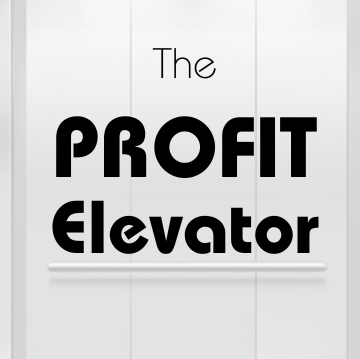
An All Too Common Mistake
The most frequent mistake I see businesses make is creating choice overload. They may offer too many services, or versions of a product. They might overpromise when selling, or change course after feedback from too few clients.
The main problem is doing too much in the first place.
I worked with a founder who took great delight in answering any request for a choice with “both”. He thought this made him an inspiring leader, who with a word extracted more from people than they believed they could give. It didn’t work for several reasons.
Successful businesses don’t try and do everything, because they have scarce resources. The ability to choose is the most fundamental business skill, followed by the willingness to adapt a choice to make it work.
Replying “both” in ‘either, or’ situations does not create resources to achieve more, but rather forces teams to compromise. Two things are done less well than either one pursued alone.
It's frustrating to be told to do two things poorly when you know you could do one well. People want to do their best work and forcing them to compromise denies them that opportunity. This leads to resentment and in time, staff turnover.
Product Market Fit
Product market fit is hard to find. There must be buyers who are capable and willing to purchase. This means they have a problem that needs fixing now. The best buyers solve one problem at a time. They don’t sign up for a series of solutions without evidence a supplier can fix their biggest pain point.
By specialising, businesses become better at delivering to the market. They win share and increase margins. This generates the resources to expand. Those businesses have trust and credibility. Clients are willing to try new products and services.
Amazon started by selling books online, regardless of Jeff Bezos’ long-term vision. PayPal was successful because it ignored Elon Musk’s desire to build an all-purpose financial application. Steve Jobs rescued Apple from losing a billion dollars a year when he returned to the company. He slashed the product range and became famous for saying no to distractions.
Where Business Goes Wrong
Your business must be focused, allowing buyers to deal with their most pressing problem. This means designing a journey in single steps, which is easy to follow because of restricted choice. These are a few areas where I see businesses going wrong.
The company mentioned above struggled to sell because of sub optimal products. When sales people returned empty-handed, the founder demanded to know what else they’d tried to sell. In his mind his company had lots of solutions and buyers must want one. They did, but not from a supplier that didn’t know what it did best.
The most common pushback to my training is “but it worked.” I teach people in small and mid-sized businesses how to implement scalable processes that are then iterated and improved. This means they don’t just work, they work as efficiently as possible. There is always room for improvement.
Each step of the marketing journey requires a single call to action. If you use two and receive an inquiry, it is an exception. You do not have a commercial process. Exceptions are not repeatable.
There are always people needing to buy. They have severe pains that must be addressed. But a business does not scale by relying on eager buyers. It must know how to sell to the majority of reluctant clients who resist change.
Automation is an excellent way to scale. Once a process is routine it’s time to remove humans. This way you free them to do their best work. Then they’ll surprise founders with how much they have to give.
Questions to ask to avoid Choice Overload.
How many products do you offer compared to your closest competitor?
How many marketing campaigns are running for one type of buyer?
What are the fully-costed margins of your products and services?
Does a sales team cling to an approach because it worked once?
Are you updating any unprofitable products or services?
________________________________________
I'm Simon Maughan and I write The Profit Elevator as a guide for B2B firms seeking faster growth. Sales is covered in The Streamlined Selling System in The P.R.O.F.I.T. Through Process Planner.
If you found this letter valuable, please share it with a colleague and a friend.
